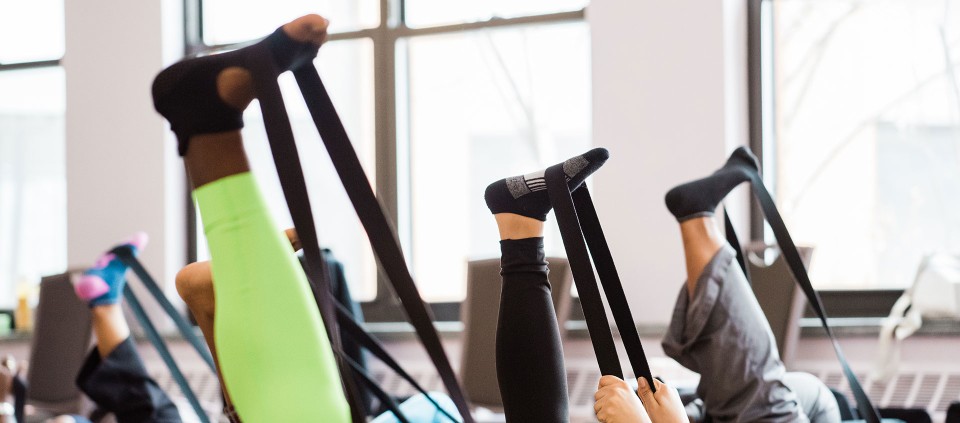The Foot-Spine Link

My client Dorothy is one of those people who are aware of their body mostly in terms of discomfort. Today’s complaint was about low-back pain. This client’s body history has two main features, likely related: 1) as an attorney, she’s sedentary and lives mostly in her head; 2) when she was 30, doctors convinced her to have Harrington Rod surgery to stabilize her scoliotic spine. She is now in her 60s.
Most medical approaches and some alternative therapy methods regard scoliosis as a fixed pattern of rotation in the spine. Structural Integration practitioners like me observe that the spiraling pattern in the tissues radiates down through the legs and into the feet, and upward into the neck and cranium. This is still true of Dorothy, even though her spinal curvature has been stabilized by the placement of Harrington rods.
Ballet Flats
Dorothy entered my studio wearing adorable and utterly unsupportive ballet flats. She stood with her right foot turned out and everted, inner arch collapsed. Her right knee had a valgus pattern (commonly known as knock knees). The right side of her pelvis tipped back, drawing her “sit bone” close the midline of her pelvic floor. If you briefly imitate this pattern, you’ll feel what I was seeing. With such poor support for the right side of her body, she has been knitting herself together with tension in her right lumbar area—a possible source of her discomfort.
Dorothy’s physical therapist has repeatedly told her to stop turning her foot out. But no one had helped her feel how the rest of her body would benefit by patiently working to revise this habit. It's almost impossible to stop doing something with your body unless you have a beneficial new habit to take the place of the dysfunctional one.
When Dorothy left my office, her foot had a semblance of arch support. Her knee and thigh were more aligned, and her tail was less tucked under. She felt taller. And she felt as if she had a new and rather foreign right leg. Together we created some mental cues to help her practice the new feeling in her foot, and to strengthen her new walking pattern.
Working with the Whole Person
I’m aware that most of the time Dorothy is not fully present in her body. She works from home on complicated negotiations for the justice system. She likes going around the house barefoot—not great for her misaligned right foot and leg. Yes, yesterday’s session has given her foot and leg the potential to support her body, but it will take many months of practice to integrate the new foot-brain connection. I hope that she can do this.
In an ideal world, I might have taught her exercises to build better structure in her foot. Five-finger shoes that would bring awareness to her feet and invite better use of them—that, too could be beneficial for some people. But not for this client. She’d get confused by the exercises, and hate how the shoes look. For now, the best thing for her is to practice her new walking pattern, including the alignment of her hip, knee and ankle, and to be mindful of "untucking" her tail. When she does those things, she automatically uses her foot to best advantage. These are things she can do while she walks her dog.
The most important thing I told Dorothy yesterday was that she must wear walking shoes with an arch-supportive footbed inside the house. Why? Because it’s too easy to revert to habitual body patterns when we are in familiar surroundings. As we make our beelines from one task to another in confined spaces, body awareness falls by the wayside. Outside, especially in natural environments, our spines and spirits are lifted by perception of the space around our bodies. For Dorothy, such lift would reduce the pressure bearing down onto that poor, pronated foot and twisted knee. Inside the house, she gets no such boost from the space around her.
For someone like Dorothy, coming late to a life that includes body consciousness, it’s sometimes necessary to take baby steps. We had a chat about shoes. Perhaps, she said, there’s a season for letting go of one’s adorable shoes. (And, the next time I saw her, she had done just that.)
Find out about programs with Mary Bond at Kripalu.
Reprinted with permission from Mary’s blog at healyourposture.com.
Mary Bond, MA, a Rolf Movement® coach, Registered Somatic Movement Educator, and emerita faculty of the Rolf Institute®, teaches a sensory approach for transforming posture, movement, and worldview internationally.
Full Bio and Programs